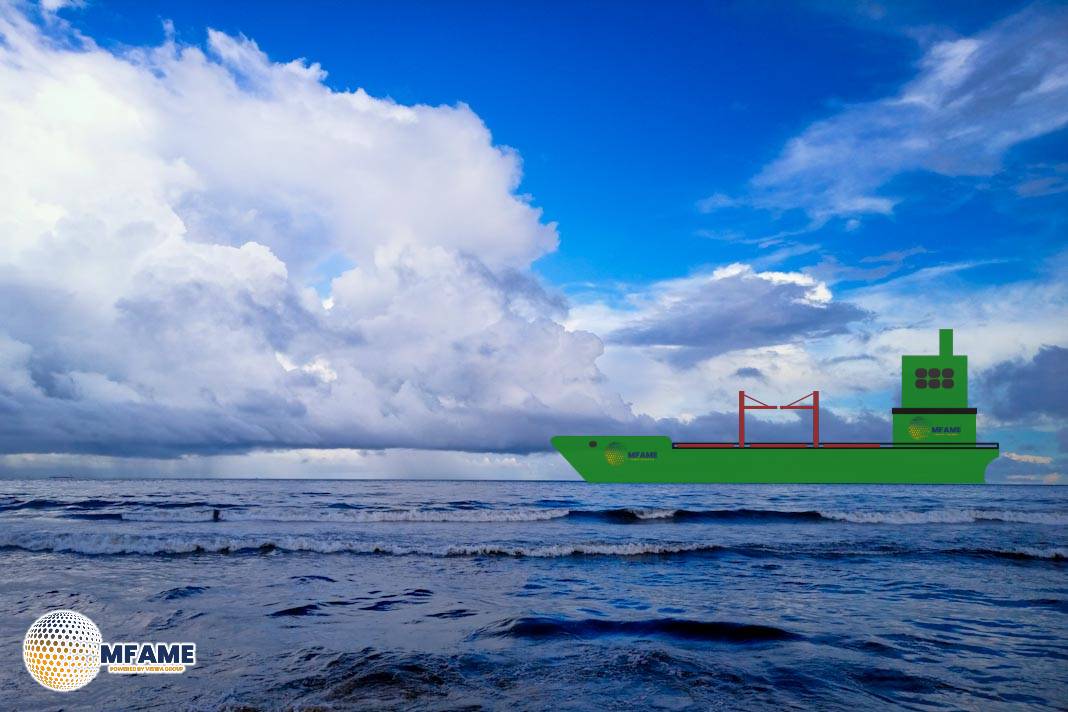- ECA will cover exclusive economic zones and territorial seas of several countries.
- Final adoption scheduled for October 2025, with regulations in force by 2027.
- Ship operators are advised to verify fuel availability and comply with sulphur limits.
During the 83rd session of the IMO’s Marine Environment Protection Committee (MEPC 83), the committee adopted a proposal to adopt the North-East Atlantic Ocean as an Emission Control Area (ECA) for nitrogen oxides (NOx), sulphur oxides (SOx), and particulate matter (PM) emissions, modifying MARPOL Annex VI Regulations 13 and 14 accordingly, reports gard.
ECA Description
The North-East Atlantic Ocean ECA shall include the exclusive economic zones (EEZ) and the territorial seas of states like Greenland, Iceland, the Faroe Islands, Ireland, the United Kingdom, France, Spain, and Portugal, out to 200 nautical miles from the baselines of these states.
The designation is made except for those areas covered by existing ECAs and the EEZ maritime areas adjacent to the Madeira, Azores, and Canary archipelagos. The particular geographic limits of this ECA are comprehensively described in IMO Circular Letter No. 5005, and infographics released by the Clean Arctic Alliance have given an overview of existing and proposed ECAs designated under MARPOL Annex VI.
Expected Timeline
The North-East Atlantic Ocean ECA proposal is due to be adopted officially in an extraordinary MEPC meeting set for October 2025. Subsequently, the revised MARPOL Annex VI rules will enter into effect in 2027, at least 16 months post-adoption. The 0.10% sulphur cap will become effective 12 months after that.
In addition, the NOx Tier III engine certification requirement will cover ships contracted for on or after 1 January 2027, or those keel-laid on or after 1 July 2027, or delivered on or after 31 January 2031. The dates can be adjusted once the amendments are adopted formally.
Ship Operator Recommendations
Operators should keep themselves up-to-date with changes and make certain that their operation is compliant with the MARPOL regulations applicable from time to time. Most North American and European waters will shortly be part of an ECA, so it is wise that operators confirm if the available fuel has the mandated sulphur level. Furthermore, operators must apply the correct fuel changeover procedures before entering an ECA, to ensure compliance.
Furthermore, operators need to be cognizant of the local sulphur emission limits in place, not only within MARPOL-defined ECAs, but also in the many jurisdictions through which they trade. It is critical to equip crew members with proper training and support to navigate such regulations and remain ready for any possible local legislative changes.
Health Hazards of Fine Particulate Matter (PM)
Fine particulate matter (PM) is a serious health hazard because it can penetrate deep into the lungs and enter the blood. Decreasing sulphur content in fuel reduces PM emissions, a major driving force for the regulation of sulphur emissions worldwide.
With ongoing changes in regional sulphur emissions regulations, ship operators need to ensure that crew members are aware of the relevant emission limits applicable in the regions they operate. Straightforward procedures and instructions should be given, and the operators should always consult local agents well ahead of their port calls to be made aware of local enforcement policies.
Did you subscribe to our daily Newsletter?
It’s Free Click here to Subscribe!
Source: gard

















